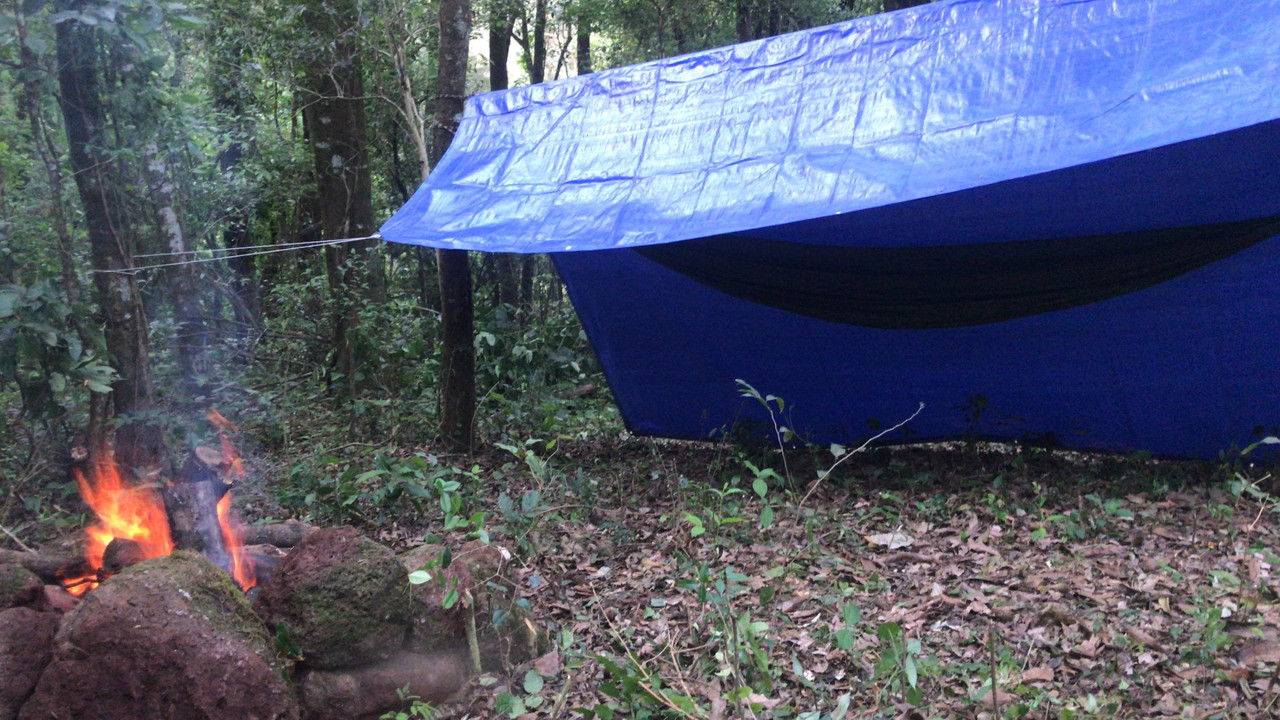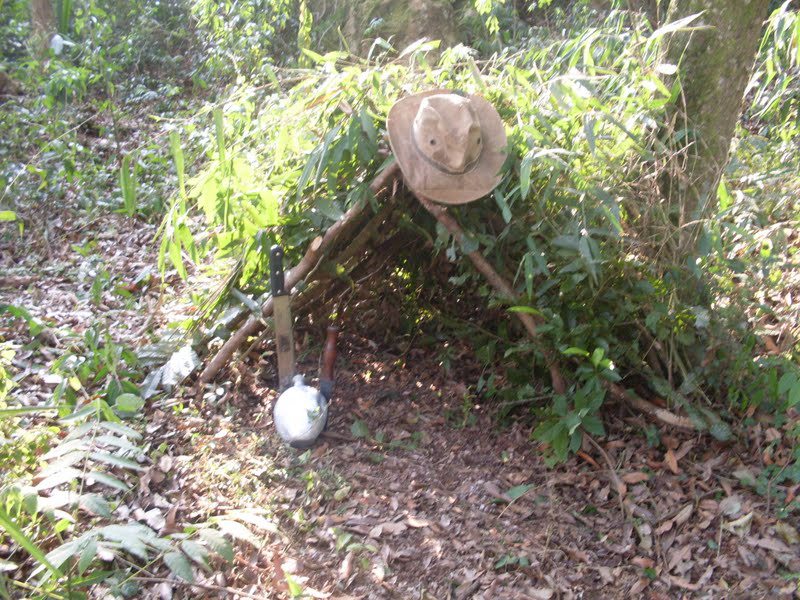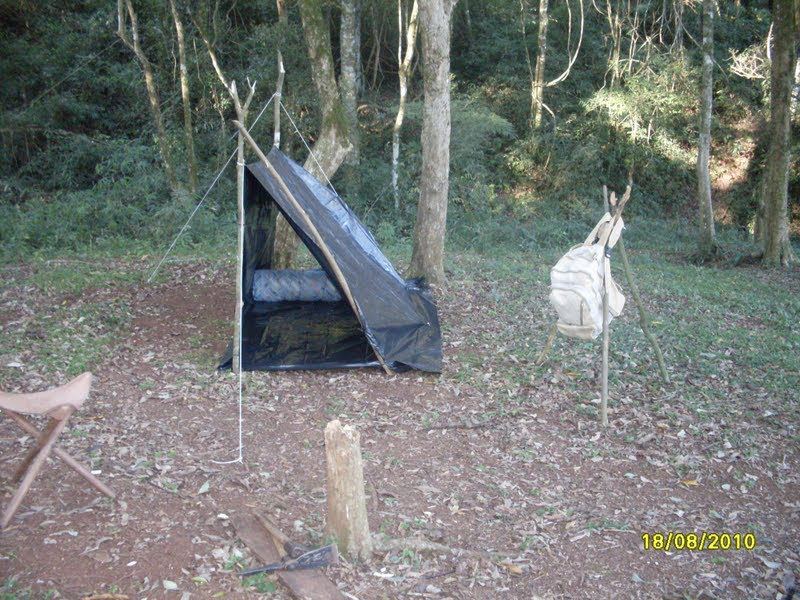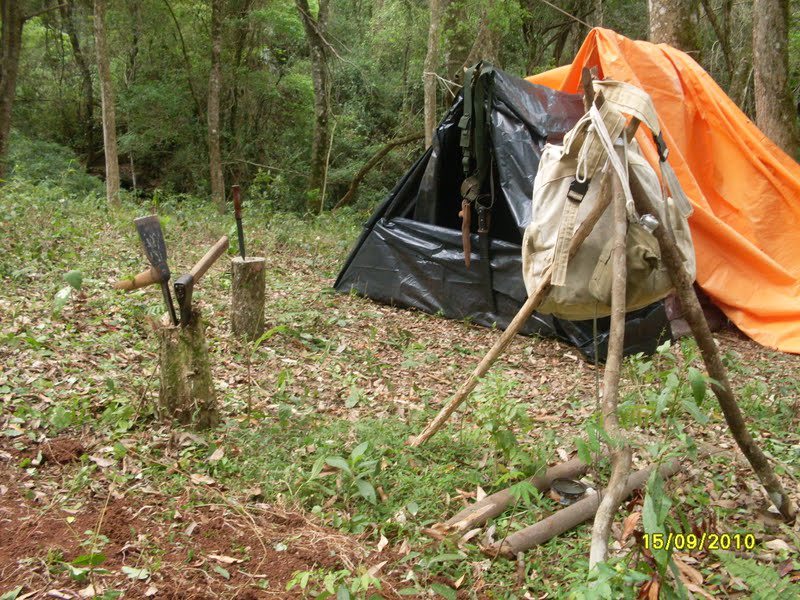A few thoughts quickly, environment is really key, humidity is a major factor that has to be planned for, or ignored and weight saved, but you need to know that ahead of time.
Heating air is pointless if you have to circulate it, so a propane radiant heater can be useful since most of the heat is not lost to the cold air. Still not ideal in a sleeping situation though unless not waking up is alright with you. (be kind to your local SAR team, body recovery makes it hard for them to keep people) but a straight stove is just, well, suicidal.
PRACTICE, actually sleep outside in a range of local conditions, a few hundred feet of elevation change can have a huge difference, as can valleys, draws and other features, these need to be learned to avoid waking up in the early morning in areas prone to thermal inversion, or again, planned around.
Know your body type, some guys can generate heat, some cannot, but if you are thinking you will get sleep with an open flame near you... bad move. This really depends on you, the hot water bottle method doesn't work for everyone, and in fact is worse for some guys. I'm a small dude with little thermal mass, and a very slow metabolic response curve, if I start with external heat, I'll be cold later, if start a little cool but with enough insulation, I'll be fine, but odds are I'll be low on insulation and still cold. Life is tough. You have to know yourself to make it work. I've camped from sub-arctic to sub tropic, and been overheated and hypothermic in both. Until you know your body's response, you cannot know what you will do. I grew up in a house with wood heat, so my body wakes me up when cold, but that was 15? years of training, most people just stay asleep, maybe forever. That's not a "survival mechanism" it's just me, it's not a value judgment. It's saved my ass at least once, but so would have better prep.
Having a pocket full of techniques is good, you will never know what will be the right option on a given day. That having been said, there is no substitute for experience, and you need to try a bunch of things to find out what works for you, and in fairness, I know a lot of guys who 20 years ago were good with a foam sheet and a tarp, but these days need a bit more gear to be functional the next day, and these are not hobby guys, they are pros, but age does shitty things to your body.
D
Drop bear
, if walking I'm rolling an older tarptent notch, but when vehicle based, it's all canvas for me with a Burke and Wills single. Even in real QLD heat the canvas just handles the humidity much better than nylon. I'm honestly shocked that canvas bedrolls are not still common in the arctic as the advantage of getting a fire reflector and the added spark safety is really key. But then again, when you hit the really deep snow, most guys are happy with a few big skins, so I guess that helps.





